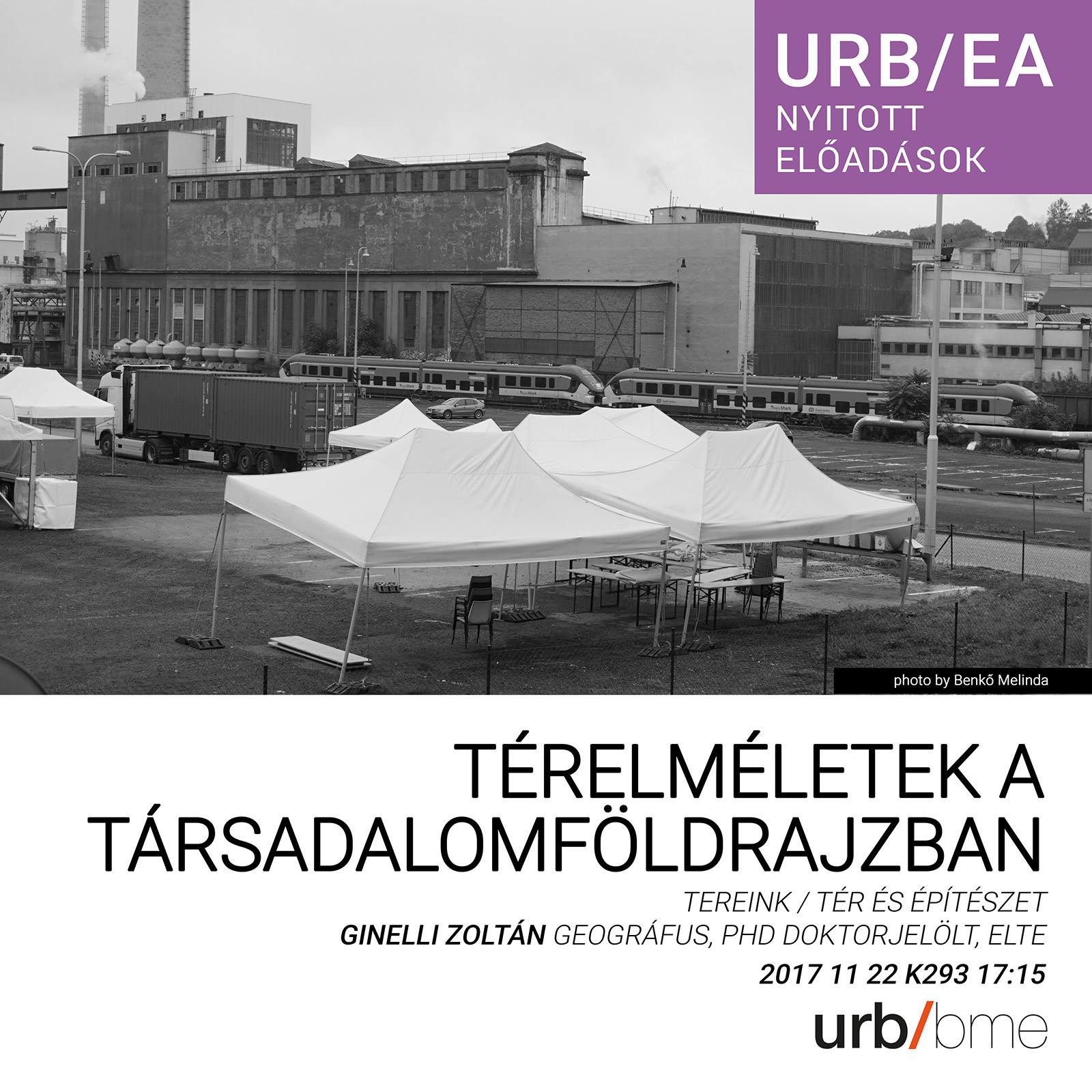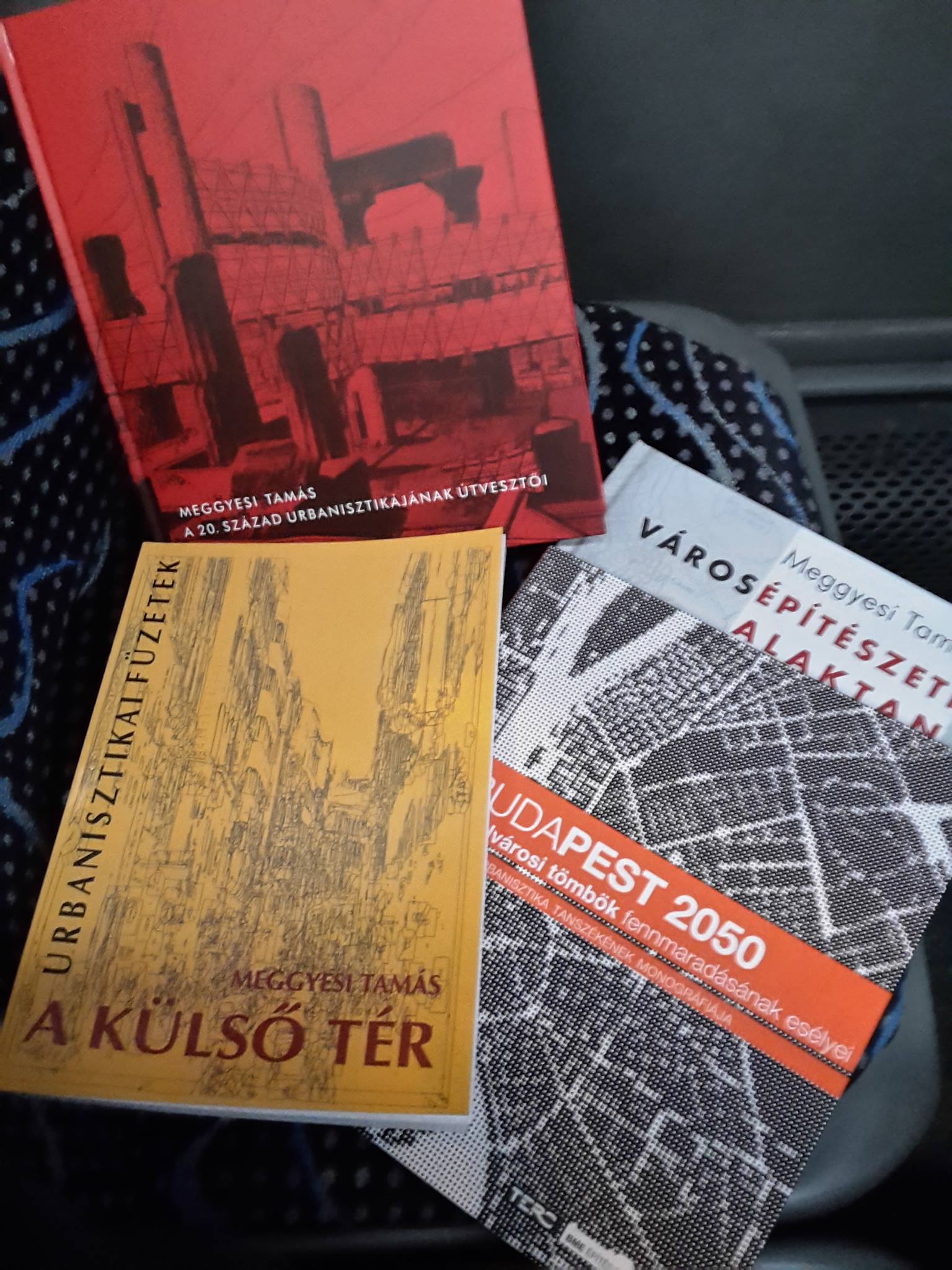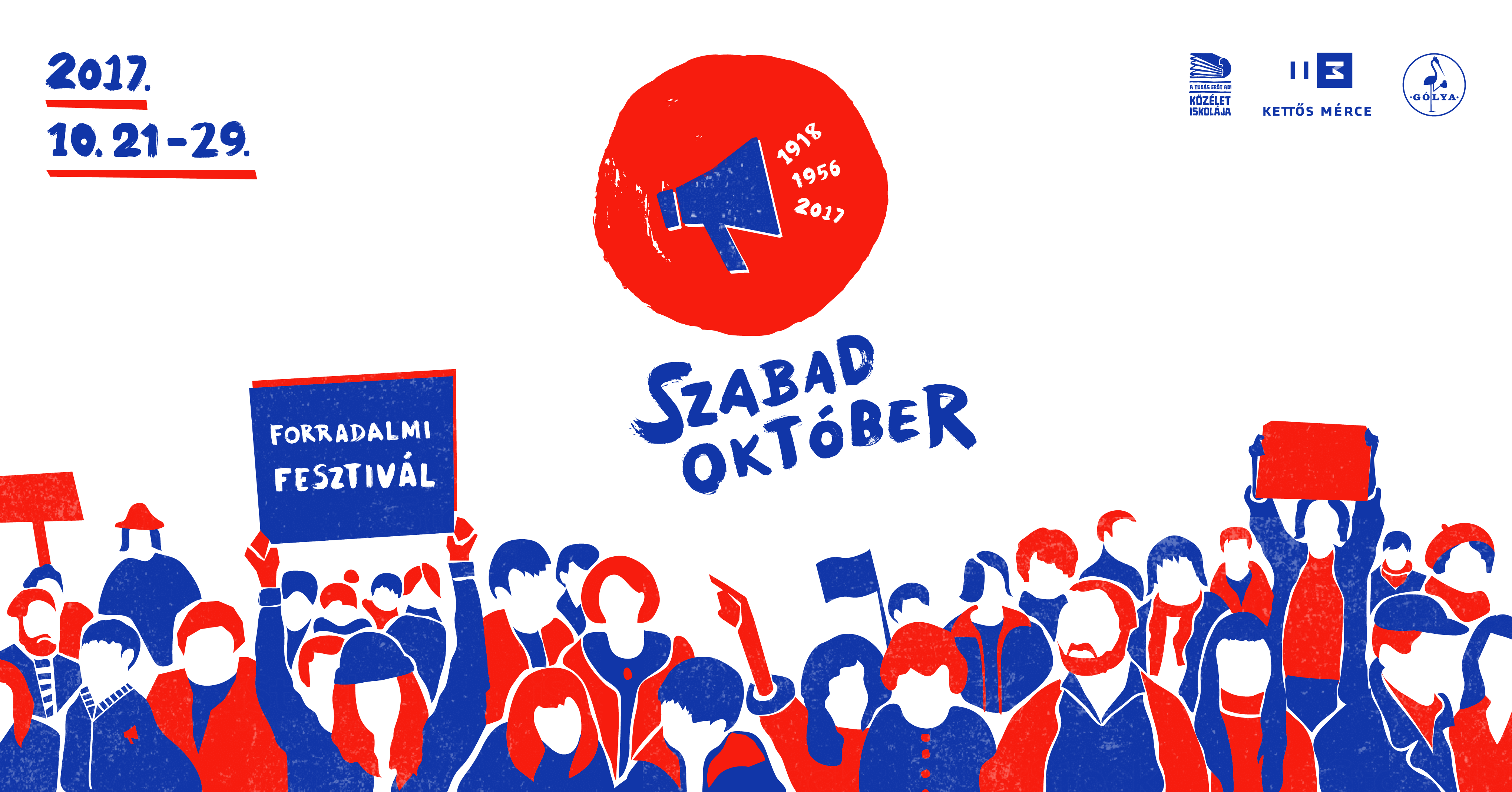On November 14, I will be holding a lecture and seminar in the frames of a lecture series about sustainable development in Central and Eastern Europe at Kaposvár University in Hungary.
The critical geographies of scientific knowledge and urban policy mobilities
Why and how do theories and policies travel? Who are involved in mobilizing and adapting them to local contexts and interests? What social groups do they affect and who benefits or gets disadvantaged? This class aims to encourage students to engage critically in these questions by introducing literature on the geographies of scientific knowledge and urban policy mobilities. These approaches argue that theories and policy models spread through transnational networks of communication, and their production and dissemination are conditioned by their sites, spaces, scales and circulations of operation. Increasing globalization has led to “fast policy”, “mobile urbanism”, and a global market of expertise and policy models in urban development, which called forth a relational view of cities against “cities-as-territories”.
The class first provides an overview of some considerations in analyzing historical, geographical, sociological and political aspects in the production of scientific knowledge, such as the notions of “truth spots”, “invisible colleges”, “gatekeepers of knowledge”, “scientific provincialism”, “travelling knowledge”, or the politics of translation. Second, we turn more specifically to the global circulation of urban policies, by showing the social and ideological contexts of the policy-making process, the politics of policy knowledge production, and the processes of policy circulation and adaptation. Third, after revising some popular examples of urban development models and their scientific legitimation, we focus more concretely on deconstructing the highly debated “creative city” concept.
By presenting a critical stance towards “successful” policies, “best practices” and policy branding, the class offers students tools to discover the uneasy dynamics between scientific knowledge and policy-making, and helps them develop their critical interpretative skills in understanding how development discourse and policy-making affects their urban environments.
Suggested reading for the class:
Peck, J. (2005): Struggling with the Creative Class. International Journal of Urban and Regional Research, 29(4): 740–770.
http://www.creativeclass.com
http://archive.sciencewatch.com/dr/fmf/2010/10novfmf/10novfmfPeck
Recommended literature:
Books:
Livingstone, D. N. (2003): Putting Science in its Place: Geographies of Scientific Knowledge. Chicago: University of Chicago Press.
McCann, E., Ward, K. (Eds.)(2011): Mobile Urbanism: Cities and Policymaking in the Global Age. Minneapolis and London: University of Minnesota Press.
Peck, J., Theodore, N. (2015): Fast Policy: Experimental Statecraft at the Thresholds of Neoliberalism. Minneapolis and London: University of Minnesota Press.
Articles:
Cook, I. R., Ward, K. (2011): Trans-urban Networks of Learning, Mega Events and Policy Tourism: The Case of Manchester’s Commonwealth and Olympic Games Projects. Urban Studies, 48: 2519–2535.
Gonzalez, S. (2011): Bilbao and Barcelona ‘in motion’. How urban regeneration ‘models’ travel and mutate in the global flows of policy tourism. Urban Studies, 48(7): 1397–1418.
Jacobs, J. M. (2012): Urban geographies I: Still thinking cities relationally. Progress in Human Geography, 36(3): 412–422.
Larner W., Laurie N. (2010): Travelling technocrats, embodied knowledges: Globalising privatisation in telecoms and water. Geoforum, 41: 218–226.
McCann, E. J. (2008): Expertise, Truth, and Urban Policy Mobilities: Global Circuits of Knowledge in the Development of Vancouver, Canada’s ‘Four Pillar’ Drug Strategy. Environment and Planning A, 40: 885–904.
McCann, E. J., Ward, K. (2010): Relationality/Territoriality: Towards a Conceptualization of Cities in the World. Geoforum, 41: 175–184.
McCann, E. J. (2011): Urban Policy Mobilities and Global Relational Geographies: Toward a Research Agenda. Annals of the Association of American Geographers, 101: 107–130.
McCann, E. J., Ward, K. (2014): Exploring Urban Policy Mobilities: The Case of Business Improvement Districts. Sociologica, 1: 1–20.
McCann, E. J., Ward, K. (2015): Thinking Through Dualisms in Urban Policy Mobilities. International Journal of Urban and Regional Research, 39(4): 828–830.
Oancă, A. (2015): Europe is not elsewhere: The mobilization of an immobile policy in the lobbying by Perm (Russia) for the European Capital of Culture title. European Urban and Regional Studies, 22(2): 179–190.
Peck, J., Theodore, N. (2010) Mobilizing policy: Models, methods, and mutations. Geoforum, 41 (2010) 169–174.
Pomfret, R., Wilson, J. K., Lobmayr, B. (2009): Bidding for Sport Mega-Events. School of Economics. Working Paper Series, 30.
Prince, Russel (2010): Globalizing the Creative Industries Concept: Travelling Policy and Transnational Policy Communities. The Journal of Arts Management, Law, and Society, 40: 119–139.
Ward, K. (2005): Entrepreneurial urbanism and the management of the contemporary city. The example of Business Improvement Districts. Transnational Seminar Lecture Paper, University of Illinois at Urbana-Champaign, Center for Global Studies.
Ward, K., Cook, I. R. (2012): Conferences, informational infrastructures and mobile policies: the process of getting Sweden ‘BID ready’. European Urban and Regional Studies, 19: 137–152.
This presentation received support from the “NKFIH K No. 115870” project entitled “Contemporary theories of space and spatiality in the Central Eastern European context” (“Kortárs térelméletek közép-kelet-európai kontextusban”) funded by the National Research, Development and Innovation Office (NRDIO) in Hungary.


